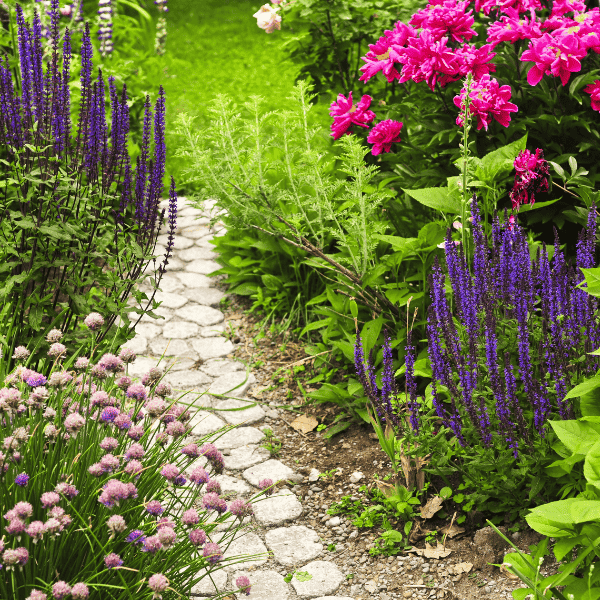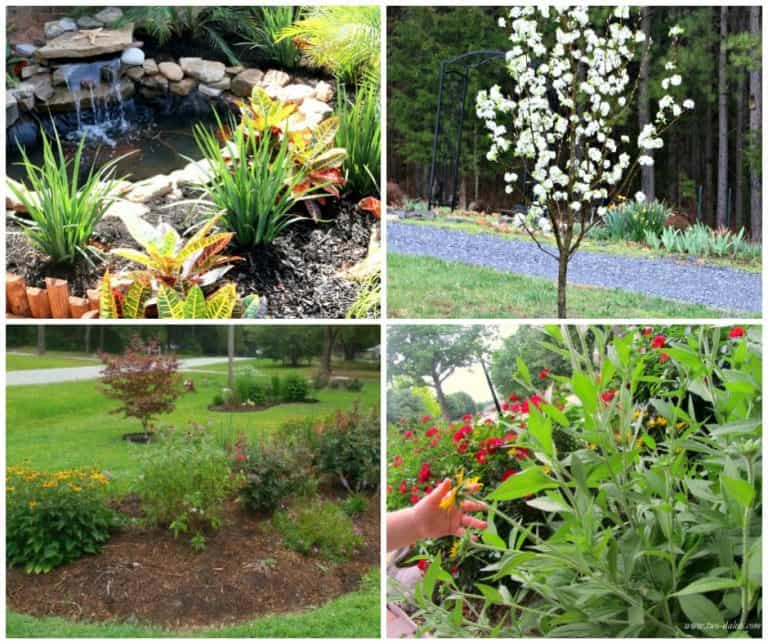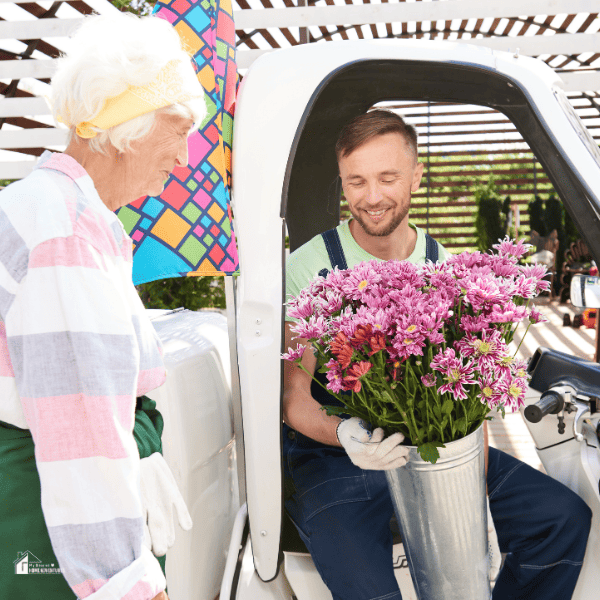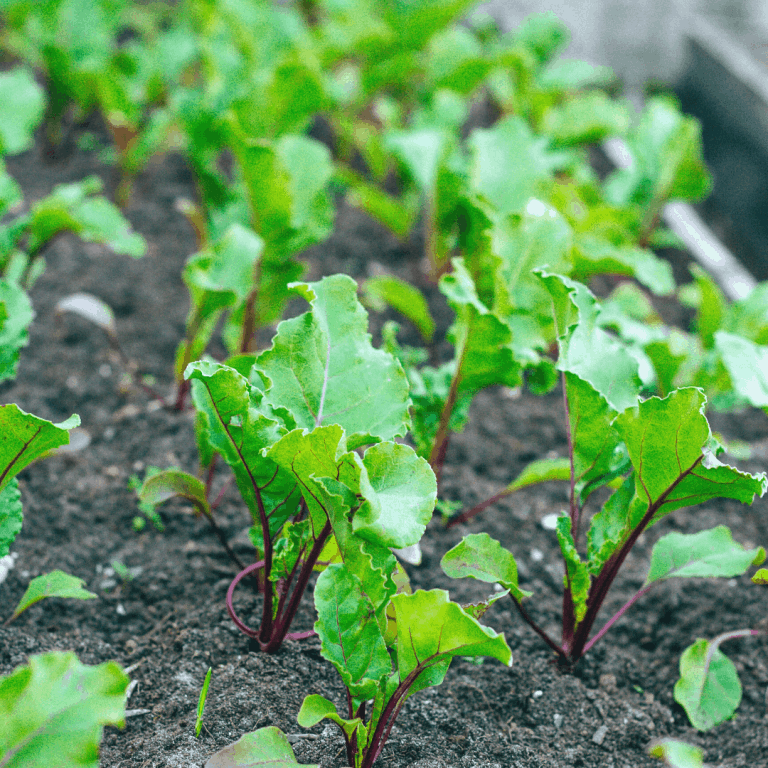Can You Become a Green Thumb?
This post may contain affiliate links which might earn us money. Please read my Disclosure and Privacy policies hereDo you want to add some color to your home but are intimidated by the thought of caring for a garden? Don't worry – it's possible to become a green thumb even if you’ve never had any experience with gardening before! You can learn how to turn your black thumb green with some simple tips and tricks.
Truth be told, I was a former black thumb myself, and I can say that you can turn that black thumb to green with these tips and patience.
Read on to find out how.
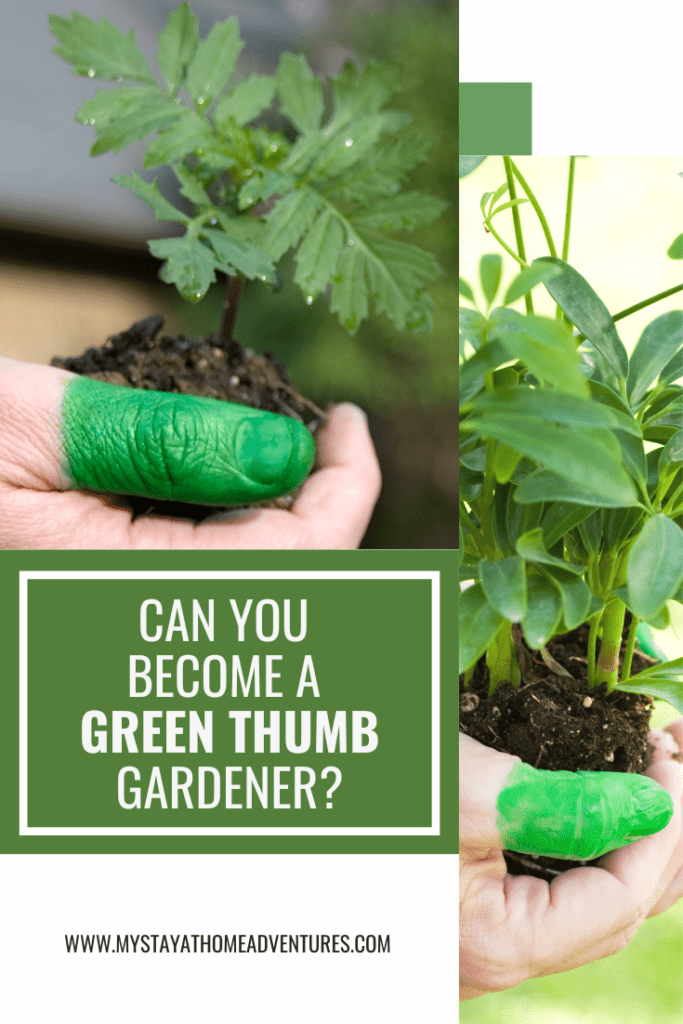
Where does the phrase green thumb?
The phrase “green thumb” is believed to have originated during the reign of King Edward I of England. This is due to the fact that algae growing on the outside of earthenware pots stained one's thumb and fingers, leading to the belief that those who were always working with flowerpots had a special ability to make plants grow.
Another theory suggests that the phrase originated from the green chlorophyll found in plants, linking green thumbs to good gardening results.
The phrase “green fingers” first appeared in the 1930s, followed about ten years later by “green thumb.” The meaning of both phrases is that they denote considerable talent or ability to grow plants. While the exact origins of these phrases are unclear, the general consensus is that they are based on factual data.
What does black thumb mean?
The black thumb is a phrase commonly used to describe someone's lack of skill in gardening. It is a play on the phrase “green thumb,” which describes someone talented in gardening. This phrase has been around since ancient times and is used to describe someone who is stingy and unwilling to part with their possessions. To those aware of its ancient origin, niggardly means stingy and has been used to refer to someone with a black thumb.
In the modern day, having a black thumb means that the person has a notable inability to make plants grow. It is usually used as a joke rather than as a serious term.
However, it can still be taken seriously, as some people do struggle to keep their plants alive. To succeed at gardening, the most important thing to understand is the needs of the plants and how to fulfill them accordingly.
4 Tips to Turn Your Black Thumb Green
We have four tips to help you turn your black thumb green below:
- Research Your Plant Zone: Different plants thrive in different environments, so it’s important to do your research and find out which plants are best suited for your area. Look up your local hardiness zone to determine which plants are most likely to survive in your climate.
- Start Small: If you’re new to gardening, start with a few small plants that are easy to care for. This will help you get the hang of basic plant care, such as when and how to water and fertilize them.
- Make a Maintenance Schedule: A maintenance schedule will help keep your garden in top shape. Make sure to water and fertilize on a regular basis, deadhead flowers, prune shrubs and trees, remove weeds, etc.
- Learn from Your Mistakes: Gardening isn’t an exact science; mistakes will happen! The key is to learn from them and use the lessons to become a better gardener. Don’t be afraid to ask for advice from more experienced gardeners in your area.
Now that you know the four tips to turn your black thumb green, we will discuss them in more detail below.
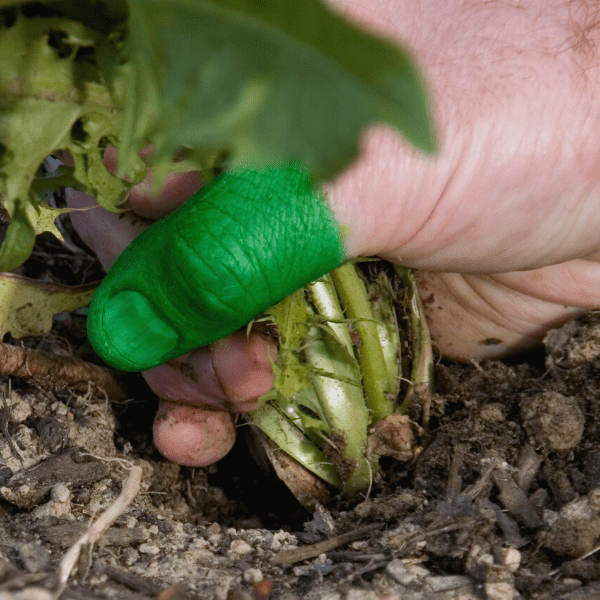
Research Your Plant Zone
We mentioned researching your plant zone and the importance of understanding your specific climate in order to find the best plants for your area. Each plant has its own individual needs, so it’s important to determine which ones are most likely to thrive in your particular environment. Research hardiness zones and look up information on individual plants before adding them to your garden.
What is a plant zone?
Plant zones are designated geographic areas that have similar climate and weather patterns. The United States Department of Agriculture (USDA) has divided the country into 12 different plant hardiness zones based on average annual minimum temperature. Each zone represents a 10-degree Fahrenheit difference in the lowest temperature recorded. Knowing your local hardiness zone can help you determine
If you don't know what plant zone you live in, many online resources can provide you with the information. Additionally, most garden centers and nurseries can advise which plants will do best in your climate.
Once you know what type of plants to look for, finding the right ones is easy!
Start Small
As we said before, it’s best to start small and learn the basics of gardening with just one or two easy-to-care-for plants. This will give you a better understanding of how to care for different types of plants before moving on to more challenging ones.
Choose low-maintenance plants that require minimal watering, fertilizing, and pruning. Herbs are a great option for beginners, as they’re easy to care for and can be used in cooking.
Beginner gardener excitement can lead to overgrowing your garden too quickly, which could lead to plants dying due to lack of care and attention.
Make a Maintenance Schedule
Once you’ve chosen your plants and have the basics down, it’s time to create a maintenance schedule. This will help you stay on top of your gardening tasks and ensure that your plants get the care they need to thrive.
Include tasks such as watering, fertilizing, pruning, and weeding in your schedule. You may also want to include pest control and soil testing if you have any specific concerns about your garden. Be sure to set realistic and achievable goals for yourself so that you don’t become overwhelmed.
Learn From Your Mistakes
No matter how much preparation you do, mistakes are inevitable when it comes to gardening. But don’t let these setbacks discourage you from continuing to learn and improve your skills!
Rather than beating yourself up for a mistake, use it as an opportunity to gain more knowledge about gardening. Talk to experienced gardeners, do additional research online, or take a class at your local nursery.
By following these tips and tricks, you can learn how to turn your black thumb green in no time! With the right knowledge and practice, you’ll soon be an expert gardener whom others will look up to. So get out there and start growing!


